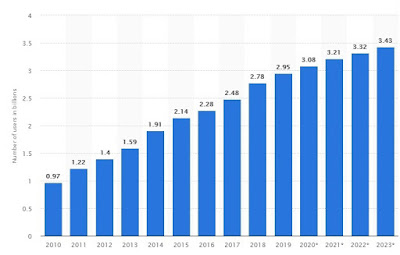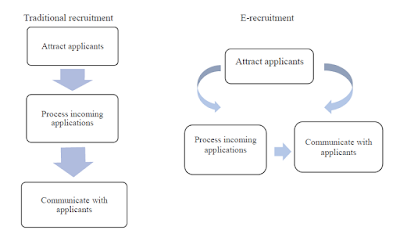Herzberg’s Two factor theory on employee motivation

Employees are the key for organization success. How much employees are motivated, will decide the future of the organization. Various people have various motivational factors. Hence same motivational factors will have different effects on different people groups (Tan, 2013) . Organization should clearly identify the dissimilarities of employees’ motivational factors and should respond according to them in achieving of organizational goals (Bourgault, et al., 2008) . There are various definitions to introduce the motivation. Motivation is something that energized person to act on the something based on satisfying his or her needs (More, et al., 2003) . Fuller et al.(2008) describes motivation is persons’ dedication, hard work and passion to achieve a specific goal which in line with person’s personal goals. Also, motivation can be defined as the willingness to put high level of effort to achieve organizational goals provided that individuals’ goals can be achieved through it (Sra



